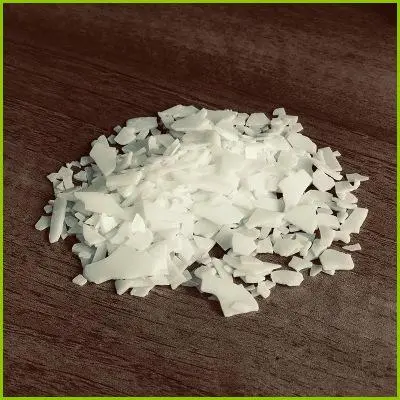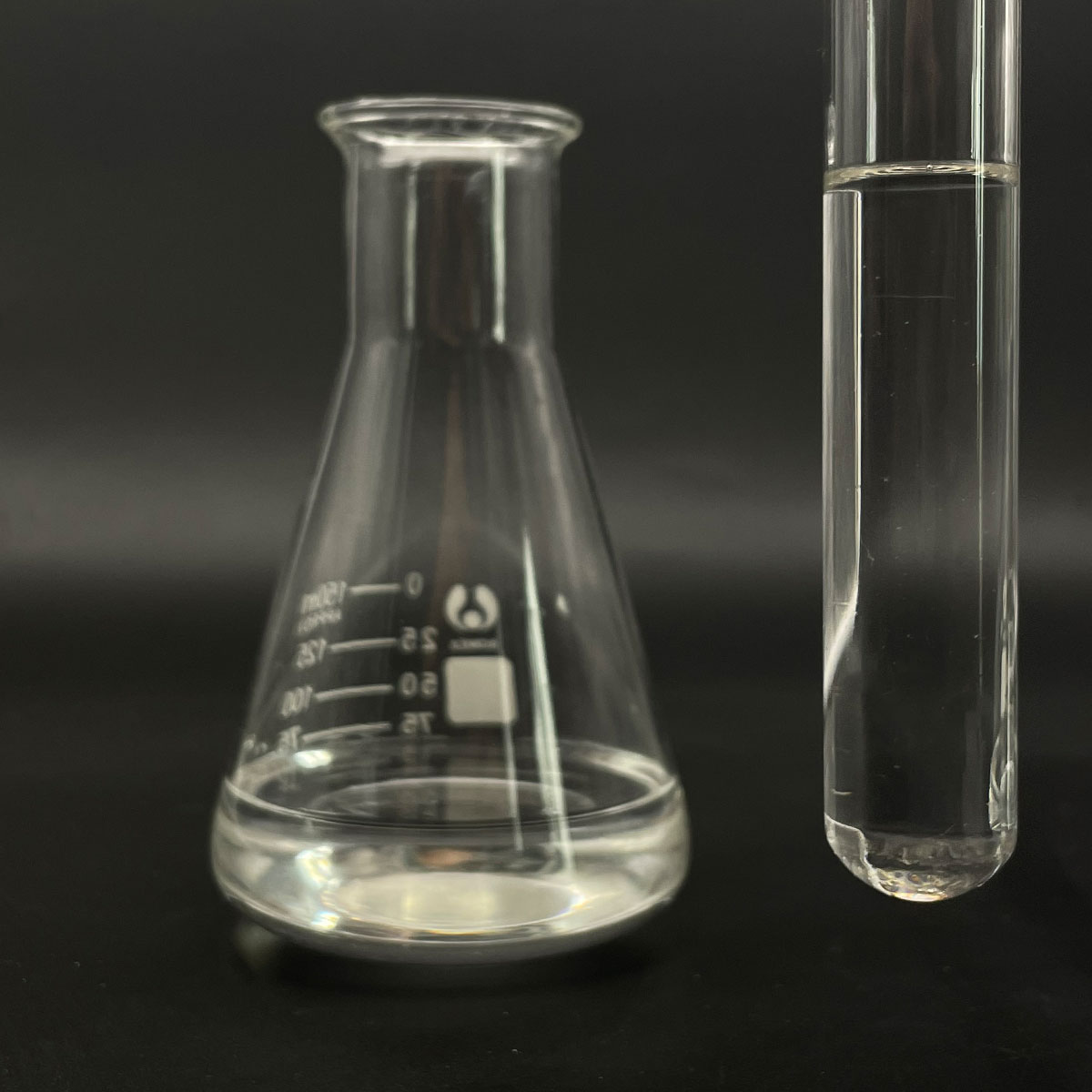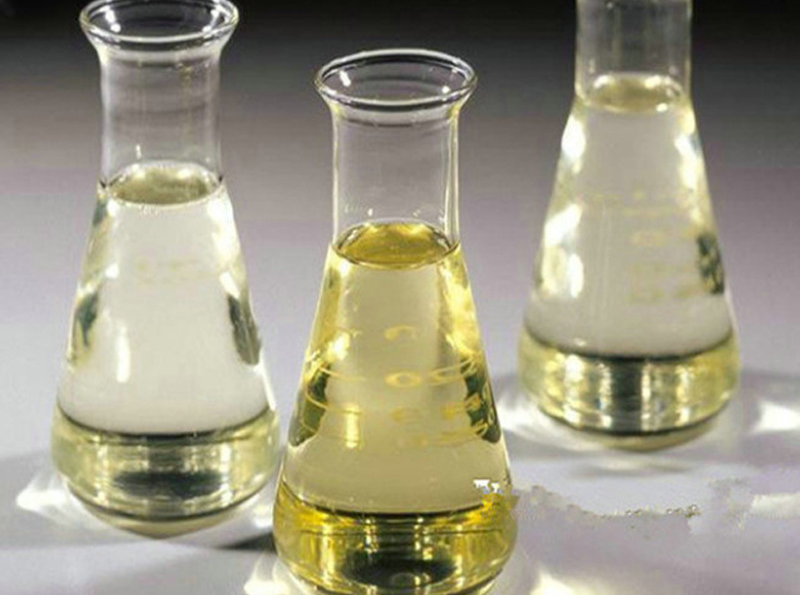Surfactant Protein B: Your Lungs’ Secret Life-Saver
(What Is The Protein Function Of Surfactant Protein B)
Think about taking a breath. It feels easy, automatic. But deep inside your lungs, a tiny, oily hero is working non-stop to make that happen. It’s called pulmonary surfactant. Without it, breathing would be a constant, exhausting battle. Surfactant coats the insides of your air sacs, the alveoli. These sacs are where oxygen enters your blood and carbon dioxide leaves. Now, picture these sacs inflating and deflating with every breath. They are incredibly small and delicate. The force trying to collapse them with each exhale is huge. This is where surfactant shines. It lowers surface tension. Surface tension is like the skin on a water droplet, pulling tight. Surfactant makes it easier for the alveoli to stay open, preventing collapse.
Surfactant isn’t just one thing. It’s a complex mix of fats and special proteins. Surfactant Protein B, or SP-B, is one of the most important players. Think of SP-B as the master organizer. Its main job is crucial: it helps the surfactant lipids form the right structures. Specifically, SP-B helps create and maintain a special layer called the surface film. This film is the part that directly lowers surface tension inside your alveoli.
Here’s how SP-B works its magic. The surfactant lipids need to spread out very thinly and evenly over the surface of the lung’s liquid lining. SP-B acts like a tiny molecular handyman. It grabs onto the lipids. It helps them line up properly at the air-liquid interface. This creates a stable, slippery film. Without SP-B, this vital film just doesn’t form correctly. The lipids stay disorganized. They can’t spread out effectively. The surface tension stays too high. The alveoli struggle to stay open.
So, SP-B’s core function is organizing surfactant lipids. It gets them into the right position to do their surface-tension-lowering job. This directly translates to easier breathing. When alveoli stay open easily, less effort is needed to inflate them with each breath. Oxygen exchange happens efficiently. The whole process runs smoothly.
Problems arise when SP-B is missing or faulty. This is tragically clear in rare genetic disorders affecting SP-B. Babies born without functional SP-B face immediate, severe breathing failure. Their lungs are stiff. The alveoli collapse constantly. This condition is often fatal very early in life. It shows just how essential SP-B is for that very first breath and every one after. Even minor issues with SP-B function might contribute to other lung problems. Research suggests links to conditions like Acute Respiratory Distress Syndrome (ARDS). In ARDS, surfactant function often breaks down, making breathing incredibly difficult.
(What Is The Protein Function Of Surfactant Protein B)
Scientists study SP-B intensely. They want to understand its precise molecular actions. This knowledge could lead to better treatments. Synthetic surfactants used for premature babies already include proteins mimicking SP-B’s role. Future therapies might directly target SP-B deficiencies or boost its function in damaged lungs. SP-B is small in size but gigantic in importance. It’s a fundamental piece of the puzzle keeping us breathing effortlessly, moment by moment. Its quiet work organizing lipids makes the simple act of drawing breath possible.
Inquiry us
if you want to want to know more, please feel free to contact us. (nanotrun@yahoo.com)




